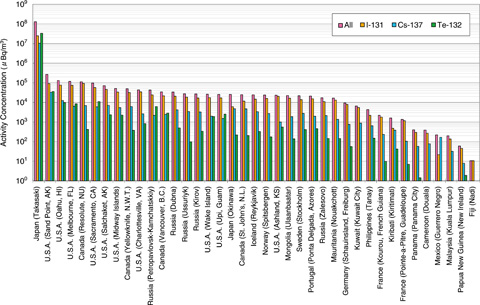
Fig.1-9 Comparison of the integral activity concentration of particulate radionuclides detected at each IMS station
The Comprehensive Nuclear-Test-Ban Treaty (CTBT) bans all nuclear explosions. Although it has not been in effect yet, the International Monitoring System (IMS) is under construction around the world and approximately 80% of the system is provisionally operated in order to monitor nuclear tests. The IMS network consists of 337 monitoring stations, including 80 radionuclide (RN) stations. In Japan, we have already built IMS RN stations for the continuous monitoring in Takasaki, Gunma and Onnason, Okinawa.
The accident at the TEPCO’s Fukushima Daiichi NPS (1F) in March 2011 emitted copious amounts of anthropogenic RNs into the environment. The RNs emitted into the ambient air were detected by the IMS RN stations. Part of the radioactive plume containing particulate RNs derived from the accident diffused eastward owing to westerly winds and began to be detected at the IMS stations one after another on the North American and Eurasian Continents. Eventually, the particulate RNs were detected at 39 out of 63 operating stations: all stations in the Northern Hemisphere and two stations in the Southern Hemisphere. Fig.1-9 shows a comparison of the integral activity concentration of three major RNs and all of the anthropogenic RNs found at each station from the detection start date to September 30, 2011, when the detection subsided. Although the integral activity concentration itself means nothing, it is used as a guide to determine any tendencies in the spread of RNs among the IMS stations.
As mentioned above, the network of IMS RN stations illustrates the global extent of the RN contamination in not only the Northern Hemisphere but also a part of the Southern Hemisphere. Therefore, in addition to its primary role, the IMS network contributed greatly to the measurement of the anthropogenic RNs released from the accident at 1F.
The present study was sponsored by the Japan Institute of International Affairs (JIIA).